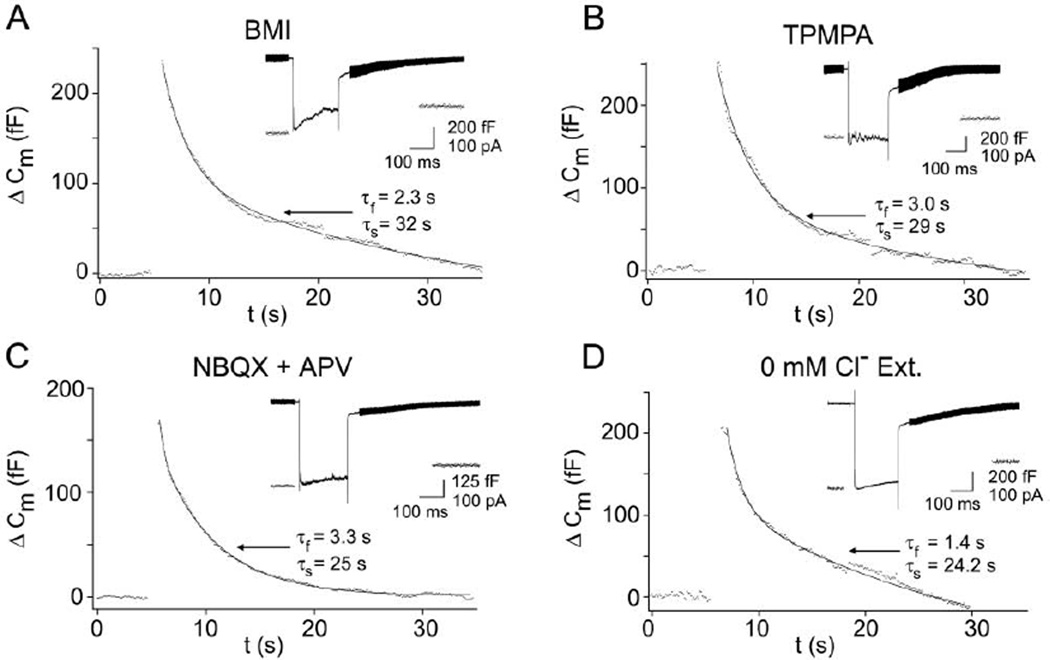Figure 4. Inhibiting Cl− Influx in the Slice Preparation Allows Normal Endocytosis with Both Fast and Slow Components.
(A) Bath-applied bicuculline-methiodide (BMI; 20 µM) dramatically reduced the total Cl− current by eliminating the fast, transient reciprocal GABAergic Cl− feedback currents (inset; compare with Figures 1B and 2A) and produced endocytosis (Cm decay) with a major fast component.
(B) Fast endocytosis was also observed after treating slices with TPMPA (100 µM) to block GABAC receptors and reduce the total Cl− current by eliminating the slower rising, sustained component of the feedback.
(C) NBQX (25 µM) and APV (50 µM), which block AMPA and NMDA receptors on amacrine cells, also dramatically inhibited Cl− feedback by blocking the reciprocal synapse and allowed fast endocytosis.
(D) Removal of Cl− from the external bath (substituted with 125 mM methanesulfonate) resulted in a Ca2+ current without superimposed Cl− feedback and endocytosis with a large fast component. ICl(Ca) was also larger due to the increased driving force for Cl− extrusion at −60 mV after depolarization.

